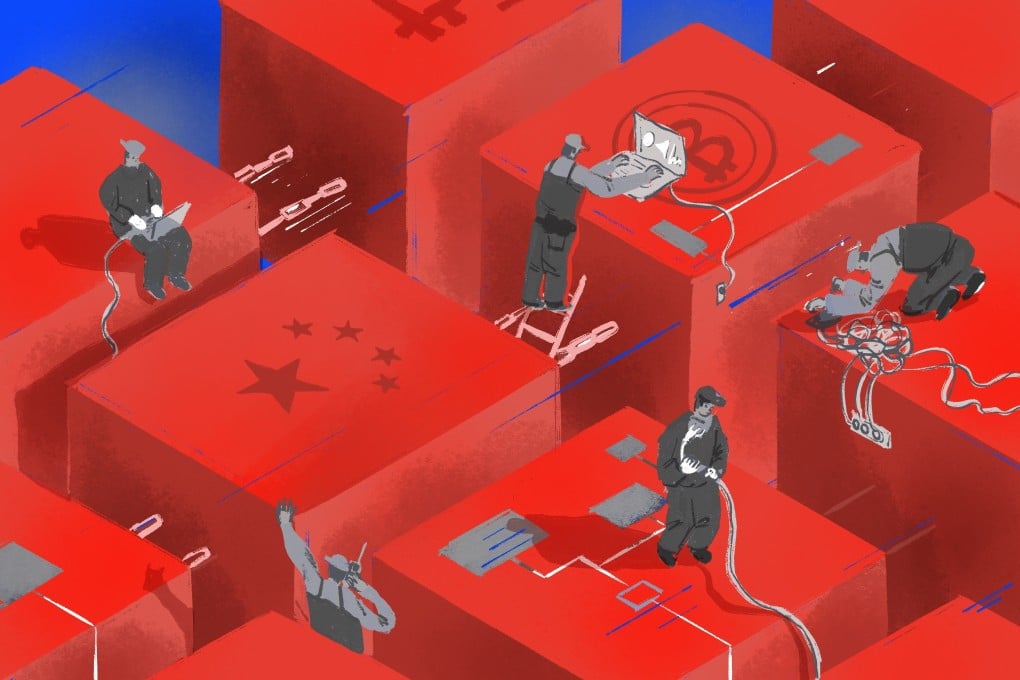What blockchain is, how it works and how China will lead the world
- Last year was a big year for blockchain projects in China after President Xi Jinping called for further development of the technology at the end of 2019
- The Blockchain Service Network is China’s bid to unify disparate blockchain projects while maintaining control at home, but the US appears unconcerned

More than a year later, China has launched its own “internet for blockchain” called the Blockchain Service Network. A number of both private and public organisations have also implemented blockchain in a variety of use cases, including remittances, cross-border settlements, and travel, among many others.
Still, China has wasted no time forging ahead with blockchain, betting that it will be a critical technology in the future. This could put it on the same level as 5G and artificial intelligence, raising concerns in the US as it looks for ways to counter China’s influence in these areas.
But what exactly is blockchain and how is China using it today? Here is a primer on where the country stands with the technology.
What is blockchain?
Blockchain is effectively a permanent log of transactions. The digital list of records is designed to be difficult to alter without being detected. It does this with a clever bit of math that finally allowed the blockchain concept to jump from an idea into the real world with bitcoin, the cryptocurrency that launched in 2009.